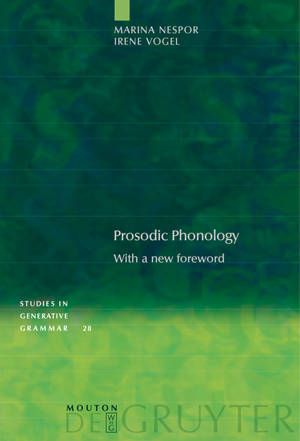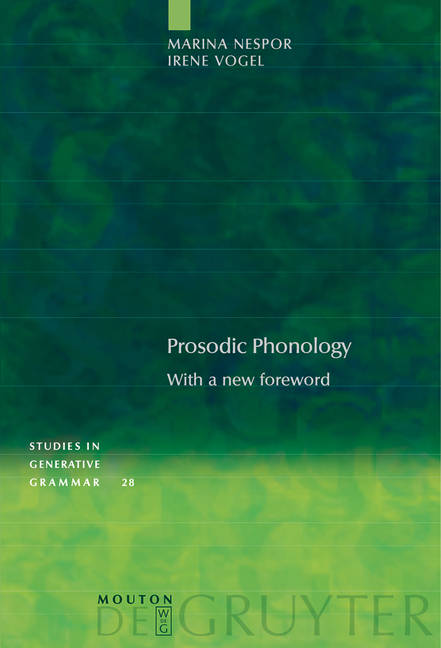
- Afhalen na 1 uur in een winkel met voorraad
- Gratis thuislevering in België vanaf € 30
- Ruim aanbod met 7 miljoen producten
- Afhalen na 1 uur in een winkel met voorraad
- Gratis thuislevering in België vanaf € 30
- Ruim aanbod met 7 miljoen producten
Omschrijving
Prosodic Phonology by Marina Nespor and Irene Vogel is finally available again. "Nespor & Vogel 1986" is a citation classic, and even after twenty years, it is still recognized as the standard resource on Prosodic Phonology. This groundbreaking work introduces all of the prosodic domains (syllable, foot, word, clitic group, phonological phrase, intonational phrase and utterance) and comments on the evidence in their favor from numerous languages. It also contains a chapter on the phonology of poetic meter, and a chapter on the experimental testing of the role of the prosodic constituents in the perception of ambiguous sentences. The book is an important reference not only for all phonologists, but for all linguists interested in the problem of interfaces. It is a basic resource also for psycholinguists and for cognitive scientists working on perception of language and language acquisition.
Specificaties
Betrokkenen
- Auteur(s):
- Uitgeverij:
Inhoud
- Aantal bladzijden:
- 359
- Taal:
- Engels
- Reeks:
- Reeksnummer:
- nr. 28
Eigenschappen
- Productcode (EAN):
- 9783110197907
- Verschijningsdatum:
- 20/11/2007
- Uitvoering:
- Paperback
- Formaat:
- Trade paperback (VS)
- Afmetingen:
- 156 mm x 234 mm
- Gewicht:
- 553 g

Alleen bij Standaard Boekhandel
Beoordelingen
We publiceren alleen reviews die voldoen aan de voorwaarden voor reviews. Bekijk onze voorwaarden voor reviews.









